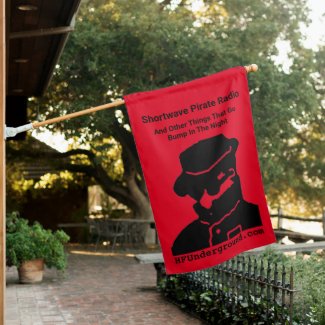20
« on: December 25, 2020, 0206 UTC »
Tybee: Oh God, Mr. Fry, I wouldn't listen to anything he says in his articles, I think he's an agent who has set out to tear down part-15, not build it up!
I had a run in with Fry at a popular kit company's Help forum a number of years ago when he insisted that a station operated in the way people were discussing was not compliant with the rules, with field strength diagrams to prove that, produced by professional antenna modeling software. It got everyone upset. It happened more than a few times there from what I heard from others.
I got into it personally when I thought my station would be fine, installed with the ground wire like others had, and things heated up, because I was prepared to spend money to put a station on, and was holding my ground that it was okay, when he said the FCC might have another opinion, which I took to be a threat, and l looked up his info, thinking to visit his home and challenge him to a duel.
More research and I found out he was actually a solid engineer who had made contributions to radio engineering papers, and had done lots of work for the betterment of broadcasting.
As to why he would work hard to demotivate would be small broadcasters with absolute adherence to the rules, taking all the fun out of it, I have no clue. Are you really an esteemed engineer reduced to doing this, that's pathetic! I chilled then, realizing he was the one with the problem. Why be remembered as a killjoy?
For something peaceful now, it sounds like you've done great work with Carrier Current ThaDood, any idea who was listening, and did you give out a number or other way to contact since it was a legit station? I also like the mram us antenna, that seems like it would be a good thing to try, and cost less than antennas you can buy, and it looks stronger too. I like the traffic box used for mounting, that's great.


